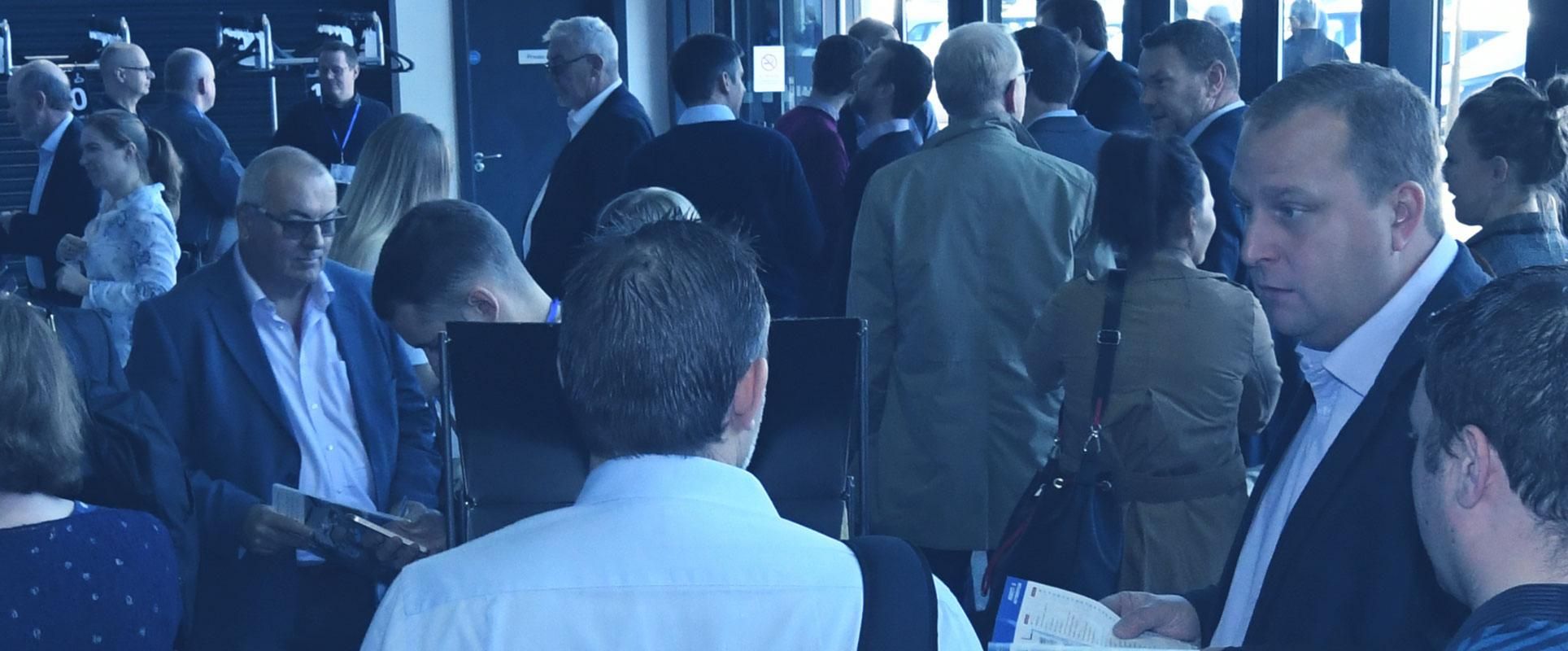Exhibitor Q&A: Kenneth Smillie, Business Development Director - GeoSLAM
)
Please share a little bit about yourself with our visitors:
I have over 30 years’ experience in the geospatial industry, working in land surveying, project management and aerial surveying as a pilot. In 2018, I joined GeoSLAM Ltd., and I am responsible for developing OEM partnerships with companies requiring SLAM software in the robotics, UAV and automobile vehicle platforms.
Founded by Graham Hunter in 2012, GeoSLAM is the global market leader in 3D mobile mapping and monitoring technology. Its unique ‘go-anywhere’ technology is used across the globe by a number of industries, including architecture, construction, surveying, defence, quarrying and forestry.
Why has GeoSLAM chosen to exhibit at Robotics & Automation 2019?
The global SLAM (‘Simultaneous, Localisation and Mapping’) technology market is estimated to climb into the billions of USD in five or six years’ time, and the market will be driven by increased automation in certain commercial, military and domestic sectors. The use of SLAM in robotics in particular, is expected to be the most prevalent, despite interest in autonomous vehicles and UAVs increasing alongside. With excitement surrounding the rise of global SLAM technology, the GeoSLAM team is eager to demonstrate their expertise in the sector and how GeoSLAM is helping the market overcome various challenges.
What will GeoSLAM be showcasing or discussing?
We are attending the show with Ross Robotics, a company that develops modular autonomous ground-based robotic vehicles for use in inspection and maintenance operations in remote hazardous and inaccessible environments. We will be demonstrating how market-leading SLAM software from GeoSLAM can be integrated into robots, UAVs and other autonomous systems on an OEM basis.
For example, the Ross Robotics team was tasked with helping to upgrade the UK water industry’s mains and sewers by identifying its pain points. The task would be to analyse 700,000km of underground channels. Many of these waterways were originally built during the Victorian era, and as such, have suffered much wear and tear. The challenge for those involved was to understand their status, highlight hazards and outline plans to upgrade. The nature of the job however, and for those who maintain them for a living, is how to access the waterways in a safe and timely manner.
The demand for up-to-date accurate 3D models of physical environments is greater than ever before. Robots that can rove a site collecting data while avoiding obstructions are an efficient tool for areas deemed unsafe, and in these difficult to reach sites, the safety of a surveyor would ordinarily be compromised. The team at Ross Robotics mounted the ZEB-REVO 3D 360-degree scanner to one of its robots in order to identify hazards, as well as plan for upgrades without putting human associates in unnecessarily risky situations.
In your opinion, what are the biggest challenges currently facing the industry?
Today’s consumers need access to user-friendly autonomous technology that is easy to install and use, but is robust and reliable enough to do the job accurately. For those working in difficult-to-access places where there is no GPS coverage such as inside buildings, underground, or in pressure vessels, pipes and conduits, the demands on the technology are even greater.
Applications that can be supported by robots have fortuitously aligned with recent automation technology advances and their use would be considerably restricted without SLAM software. With these factors in mind, we will be discussing the benefits of SLAM and how it has begun to gain importance in recent years, particularly in areas of poor or no GNSS signal.
GeoSLAM will be exhibiting the ZEB-REVO and ZEB Horizon scanners at the Robotics & Automation event, based at stand 110. For more information on GeoSLAM, please visit www.geoslam.com.


